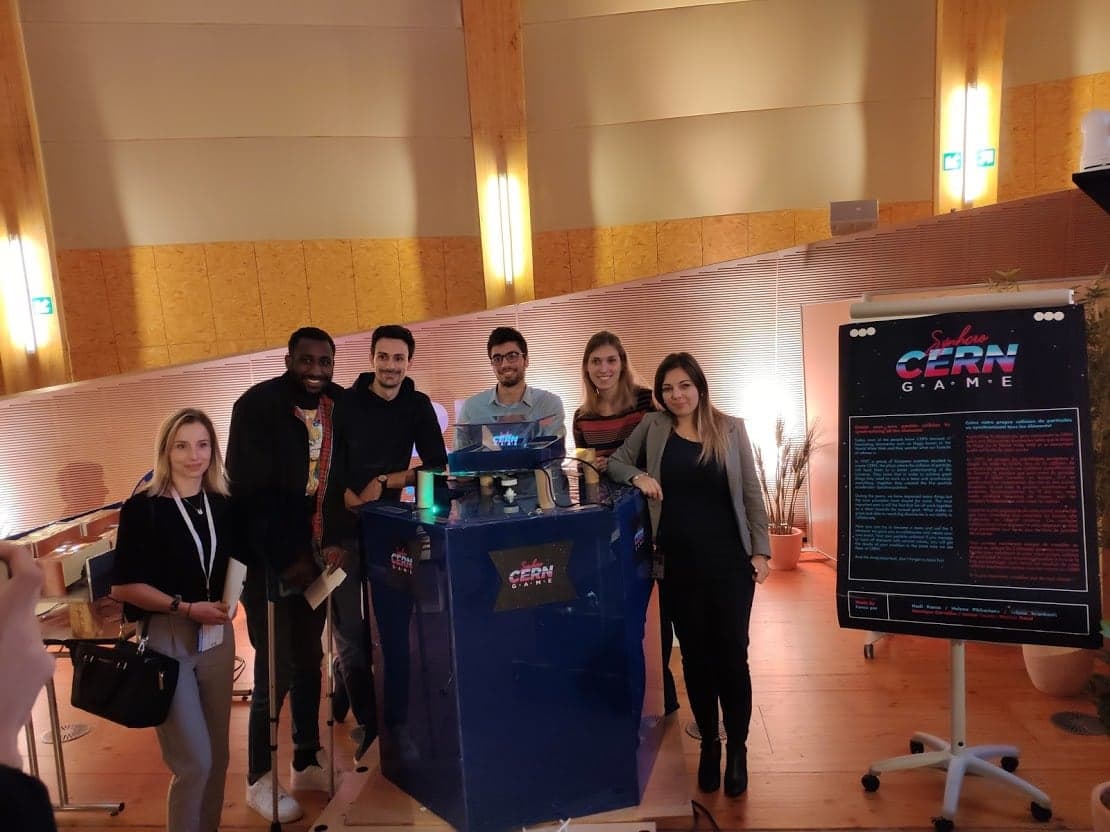This article has been archived
How to have fun, learn new things and do outreach at the same time? LHCreate is the perfect event for that. This year, Helena Pikhartova participated in this CERN organized event.

LHCreate is a 2-day outreach hackathon and workshop. The aim is to create an exhibit showing off what CERN does and how in a fun and creative way. This year's edition took place 18 - 19 October 2018 at the CERN IdeaSquare, a unique space dedicated to knowledge transfer and experimental innovation. The central theme of this 4th edition of LHCreate was to take CERN science to classrooms. As such, the goal was to design the prototype of a science exhibit which could be rebuilt by 12 to 18 years old students, in their classroom, and used to explain scientific concepts.
A total of four team were competing, each made up of six people having different professional backgrounds (including physicists, engineers, design students) with a wide diversity of gender and nationality. The teams were given 33 hours to brainstorm ideas and put together a working prototype. Mentors were available for support at all times during the competition. Mentors were teachers from local schools, electrical experts, physicists, machinists and others. Royal Holloway was represented at LHCreate by Helena Pikhartova, a 2nd year PhD student in accelerator physics, currently based at CERN. Helena contributed to the victory of her team which designed the "Synchro CERN Game".
The Synchro CERN game is based on the operation of a real synchrotron (a type of particle accelerator where particle beam travels around a fixed circular path). The game involves up to six people, one controller and five operators, each at the command of one station. Each station is responsible of different parameters that drive the virtual synchrotron. The players must work together in order to successfully collide particles and potentially achieve a physics discovery. The different parameters controlled by the players are the system temperature, the beam pipe pressure, the acceleration strength, the bending magnets strength and focusing magnets strength. As the total power of the whole system is limited, these parameters must be fine tuned individually at different times during the course of a game. The synchrotron beam collides when the players find the ideal combination of parameters. Upon success, a holograph located on top of the machine shows a diagram of the particle collisions.





















